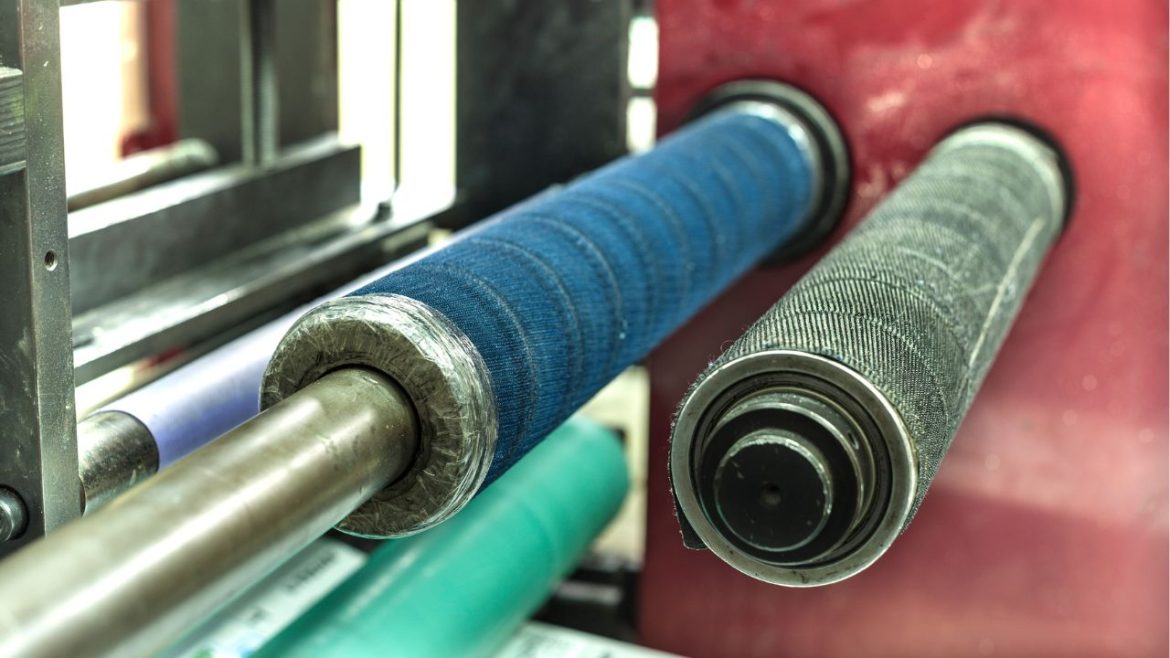Proper maintenance and routine care are essential for the longevity and efficient operation of injector pen labelers. This essay provides a comprehensive guide to maintaining these machines to ensure they continue to function optimally and reliably in a high-demand environment.
Understanding Injector Pen Labelers
Injector pen labelers are sophisticated devices used primarily in the pharmaceutical industry to apply labels to injector pens, which are devices used for the self-administration of injectable drugs. These labelers must operate with high precision to ensure each label is accurately placed, maintaining compliance with stringent regulatory standards.
Daily maintenance checks
The first step in maintaining an injector pen labeler is to perform daily checks. Operators should ensure that the labeler starts correctly and that all sensors and actuators are functioning as expected. It’s crucial to check the alignment of the label feed and verify that the label path is clear of obstructions and debris that could cause jams or misalignment.
Cleaning Procedures
Regular cleaning is vital to prevent buildup that can interfere with operations. The label track, rollers, and dispensing area should be cleaned daily with a soft, dry cloth to remove dust and residue. For deeper cleaning, use isopropyl alcohol on a cloth to wipe down these areas, avoiding abrasive materials that could damage the sensors or mechanical parts.
Periodically, it’s also necessary to clean the machine’s exterior and safety covers to maintain a clean working environment and prevent any contamination from affecting the products or the labeling process.
Lubrication for Smooth Operation
Certain components of the labeler, such as the bearings and moving parts, require regular lubrication to ensure smooth operation. Use only the lubricants recommended by the manufacturer, as improper lubrication can attract dust and debris, leading to premature wear or failure. Lubrication schedules can typically be found in the user manual provided with the machine.
Part replacement and wear monitoring
Routine inspection of the labeler’s parts for wear and tear is crucial. Components such as belts, rollers, and gears are subject to wear and should be checked monthly for signs of deterioration. Replacing worn parts promptly is essential to prevent machine downtime and ensure continuous operation.
It’s also advisable to keep a stock of essential spare parts on hand to quickly address any issues that may arise, minimizing disruption to the production process.
Calibration and alignment
Regular calibration ensures that the labeler operates within its specified tolerances. Calibration involves adjusting the machine to ensure that labels are applied consistently and accurately. This should be performed according to the schedule recommended by the manufacturer or whenever the machine is serviced.
Alignment checks are particularly important for injector pen labelers because even a small misalignment can lead to labeling errors that could cause regulatory issues or recalls. Regularly verify that the label application system is correctly aligned with the injector pens.
Professional Servicing
In addition to routine maintenance, it’s beneficial to schedule regular servicing by a professional technician who specializes in labeler machinery. These experts can perform comprehensive diagnostics and maintenance, including updates to software, thorough mechanical inspections, and optimizations that may not be apparent during daily operations.
Documentation and training
Maintaining detailed records of all maintenance activities helps track the machine’s history and identify recurring issues. Training all operators in proper maintenance techniques is also critical. Proper training ensures that every person handling the machine understands the importance of maintenance and knows how to perform the necessary tasks correctly.
Conclusion
Routine maintenance and care are key to maximizing the efficiency and lifespan of injector pen labelers. By implementing a consistent maintenance routine, ensuring the machine is clean, lubricated, and properly aligned, and addressing any issues promptly, manufacturers can avoid costly downtime and ensure their labeling processes meet the highest standards of accuracy and reliability. The successful implementation of these practices is crucial for the optimal performance of injector pen labelers.
